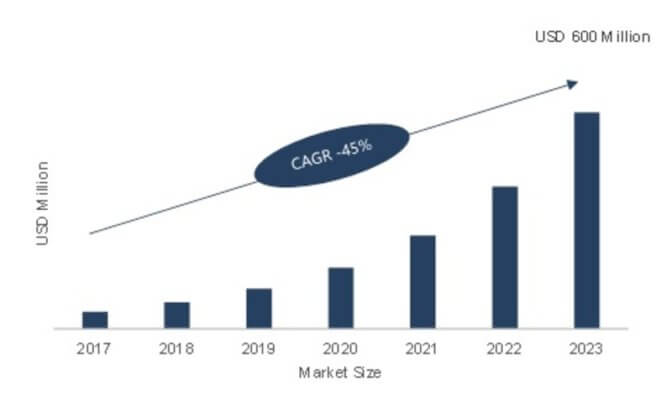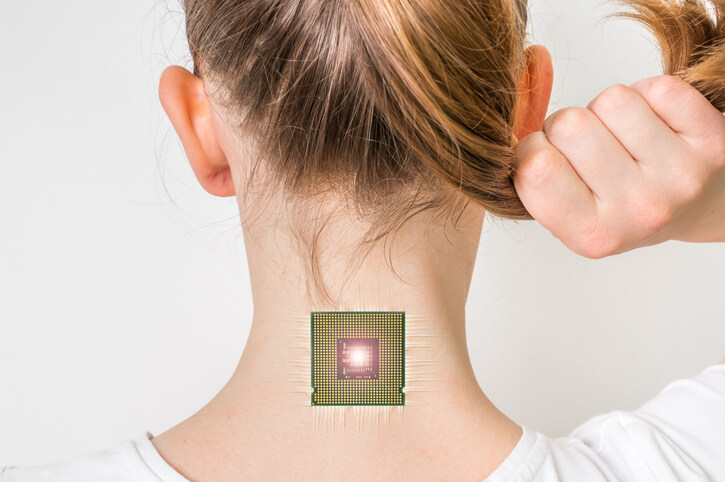Smart patches: Latest development in the wearables market
Wearable technology has been a growing market since before the birth of the miracle iPhone in 2007. Although Apple broke the code that phones were so much more than a means to communicate, it would take until 2015 with the Apple Watch to call attention to the suite of wearable technology that was growing in many directions.
What is wearable technology?
Wearable technology is the ability to measure activity by some means of wearing it on the body. Wearables are both active and passive. Like taking a picture, the wearable can actively measure specific events, such as running times, rates, distances, efficiency. Passively, the wearable can be “always on” to record your rest and active periods, heart rates, and body temperature to name but a few.
Applications range from personal fitness to professional athletics, from safety monitoring to health monitoring. Wearables have most typically been worn on the wrist, although they are used on many body parts, such as chest straps or headgear.
Wearables can be attached to clothes or even woven into the fabric. The latest developments though take wearables to the next level.
| Recommended for you | |
| Interesting applications of wearables in sports | |
| Making sense of digital health wearables market: Beyond the hype | |
| Can mobile apps and wearables replace traditional drugs? |
Development of smart patches
Move over FitBit, smart patches are smoothing the way for wearable technology. Patches are wearable technology that adheres to the skin like a self-adhesive bandage. Some are even under the skin. More intense patch technology even attaches to internal organs for monitoring, although that capability is mostly still in research and development.
Smart patches are basically used for athletic performance or healthcare monitoring. The most common patches for healthcare measure:
- Blood Glucose
- Temperature
- Blood Pressure/Flow
- Heart Rate
- ECG
- Blood Oxygen
The end users for monitoring and diagnosis are mostly focused in cancer, diabetes, cardiac disorders and blood pressure conditions. Hundreds of startups are flooding into this domain. Here are some examples.
Patient Monitoring
The Vista Solution™ platform uses a VitalPatch® biosensor to monitor patients continuously both inpatient and outpatient. The monitor tracks location as well as a suite of services: single lead ECG, heart rate, respiratory rate, skin temperature, body posture, fall detection and activity.
The Sensor enables ECG electrodes to detect heart rate, the 3-axis MEMS accelerometer to detect motion, and a thermistor to detect skin temperature. The 11 g Adhesive Patch with integrated Sensor Module is 115 x 36 x 8 mm in size and is applied with hydrocolloid adhesive. The disposable zinc-air battery lasts 120 hours (5 days).
Athletics
Startup Kenzen is breaking records in the athletic smart patch realm. After winning the Future Athlete category of the 2016 1st and Future startup pitch hosted jointly by the National Football League, Stanford University and TechCrunch, Kenzen was able to grab $5 million in funding in 2017. Their mission is to “predict + prevent avoidable injuries & health conditions.” The Kenzen patch monitors vital signs and it also analyzes sweat. Using algorithms and predictive analysis, it provides feedback to the quantity and quality of activity in your life.
Even Deeper
Beyond standard health monitoring, a University of North Carolina-North Carolina State Joint Biomedical Engineering Program recently raised $5.8 million in investment fundraising for Zenomics, Inc. Their smart patch incorporates hundreds of microneedles on a coin-sized patch (or smart device). The microneedles have microscopic storage units for insulin and glucose-sensing components. The smart patch detects rising blood sugar levels and automatically releases insulin. The result is testing and perfectly timed injections – painlessly. The impact on quality of life for diabetics is easy to appreciate.
The market for smart patches
These startup examples demonstrate the capabilities that smart patches are demonstrating worldwide. The market for smart patches has been consistently growing and is forecast to continue that trend. UK Market Research Future reports a potential market of $600 million with 45% Compound Annual Growth Rate increase by 2023.

Image courtesy of Market Research Future
The key players in the global sensor patch market include- Frontier Smart Technologies Group Ltd. (UK), Abbott Laboratories (US), Medtronic (Ireland), DexCom (US), Feeligreen SA (France), G-Tech Medical Inc. (US), and Texas Instruments (US) among others.
The market currently centres around North America because of the availability of funding and subsequent demand for healthcare technology. The Asia-Pacific region though is forecast to close the gap with increasing need or desire for high-end technology solutions.
What’s Next?
Ask the rabbit that wore this heart monitor – on its heart – to measure heart rhythm, real-time changes in pH during restriction of blood supply and temperature fluctuations resulting from localized burns during experimental cardiac ablation. “The result is a flexible, 3-D membrane, complete with strategically placed sensors and actuators, which cloaks the organ without the need for glue or sutures.”
No more guessing what stresses your heart (or other organs). Soon we’ll be able to continuously monitor major organs, answering the question “What’s up, doc?” with every heartbeat.
Image credit: www.istockphoto.com

















